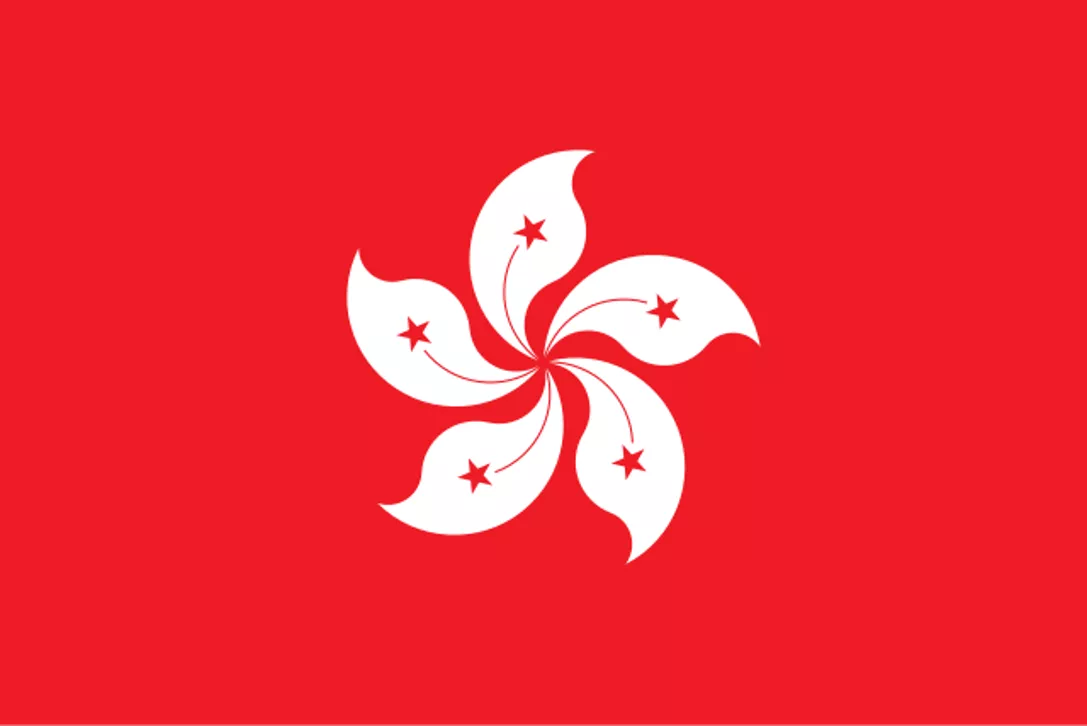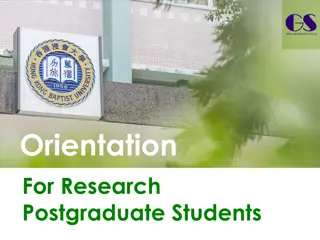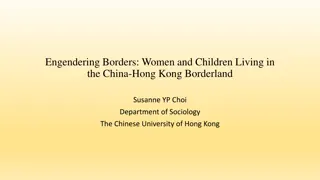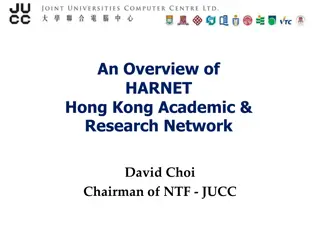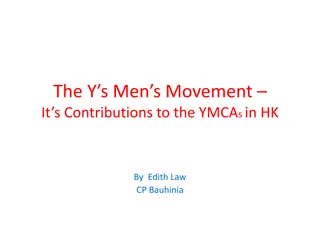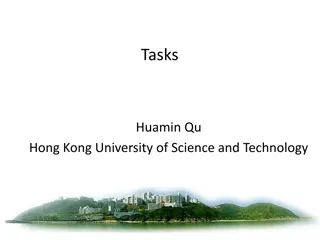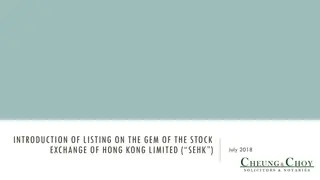Discover the Fascinating History and Culture of Hong Kong
Explore Hong Kong's rich history, diverse culture, and unique geography through this informative content, covering main facts, geography, landmarks like the Big Buddha, climate, wildlife such as the Chinese White Dolphin, and historical trade relationships with early European powers.
Download Presentation

Please find below an Image/Link to download the presentation.
The content on the website is provided AS IS for your information and personal use only. It may not be sold, licensed, or shared on other websites without obtaining consent from the author. Download presentation by click this link. If you encounter any issues during the download, it is possible that the publisher has removed the file from their server.
E N D
Presentation Transcript
Hong Kong Geography Language Advancements for the World History Culture Current Events
Main Facts Capital: Victoria Language: Chinese, English Exports: Electrical machinery, textiles, apparel Fun Facts: Hong Kong is translated to Fragrant Harbor , due to it s ties to the spice trade. Hong Kong used to be a fishing village, wild tigers used to roam the city.
Country on Map
Country Geography Longitude and Latitude: 22.15 N 114.10 E Major Mountains, Rivers and Other Geographic sites: Sheung Yue River, Shing Mun River, Pearl River, Sham Chun River. Tai Mo Shan, Sunset Peak,
The Big Buddha The Tian Tan Buddha is the world s largest outdoor seated bronze Buddha. It is located 482 meters above sea level on Lantau Island. It was built by the Po Lin Monastery and took 12 years to build. It was built to symbolize stability and prosperity of China and peace on earth.
Climate and Weather Climate Subtropical with monsoons. Cool and humid in the winter, hot and rainy in the spring and summer.
Animals Chinese White Dolphin Green Turtle Black-faced spoonbill Wild Boar Archduke butterfly
Chinese White Dolphin Known for a distinct, long, thin beak. It is also called the Indo-Pacific humpback dolphin. They can be gray, white or pink. They can live up to 40 years and become 3.5 feet long. They live in small groups and use echolocation for communication. They come to the surface for breath for 30-20 seconds and can be under water from 2 to 8 minutes. https://www.youtube.com/watch?v=4qds3GBHqMU
It didnt take long until the East Indian Company from Britain arrived (in 1699), and trade started with Britain. History Slides In the 7thcentury (800s), Hong Kong was settled by the Han Dynasty of China. If you remember from China, the Han Dynasty started the Silk Road, which was a network of trade routes that linked regions of the ancient world for trade and business. In the 1500s, as the Portuguese began exploring the world, an explorer by the name of Jorge Alvares arrived in Hong Kong and began trade. The Portuguese, however, were into colonization more than trade and would have frequent battles between China, who had control of Hong Kong, trying to gain power. Due to these battles, Hong Kong stopped trade with the Portuguese.
The Problem With BritainOpium Wars The British were smuggling opium from India into the Chinese ports against Chinese wishes. Britain also wanted more control over the trade with China, as China held the control and only allowed trade with Hong merchants. In 1839, the first Opium War broke out. Britain wanted control and like much of their colonization, they were willing to fight for not only trade control, but control over the land and government. The result of the Opium Wars (of which there were two, 1839-1842 and 1856-1860) were two treaties. These treaties gave Britain control, and then expanded their control.
China Hong Kong became a major port for trade. Southern China traded with British controlled Hong Kong, as well as other countries. When China became Communist, many from China fled to Hong Kong, concerned about their freedoms. Hong Kong was under Britain for 150 years, but in 1997, the lease on the land from the treaties of the Opium Wars ran out and Hong Kong became a part of China. Though it is part of China, it has it s own internal politics, economy and legal system.
Government Limited Democracy
Currency Hong Kong Dollar
Customs Many Cantonese traditions. The Cantonese are the Yue Chinese, a group that originated in the Pearl River Delta. Buddhist and Taoist events are also popular.
Sports Badminton Basketball Cricket Football Dragon boat racing
Roast goose Pork knuckle Char siu Claypot rice La bak gou Food
Music The Pipa is a four-string lute, and is often played alongside a ch in (zither), yang-ch in (butterfly zither), sheng (mouth-organ) https://www.youtube.com/watc h?v=oH1CHOJyEe8
Art Painting, pottery Chinese in painting, Lingnan (Cantonese) painting, and New Ink Painting




